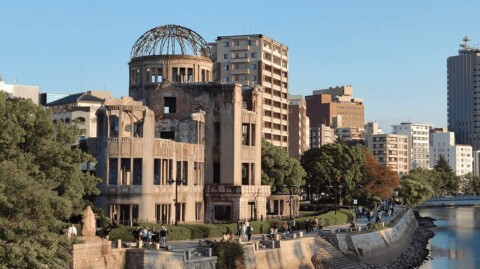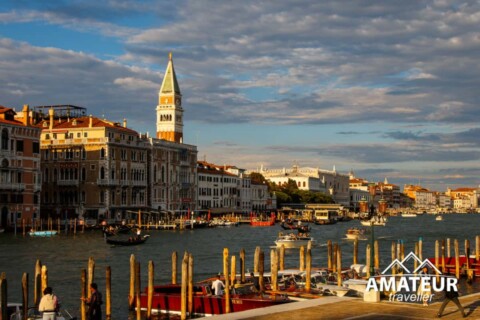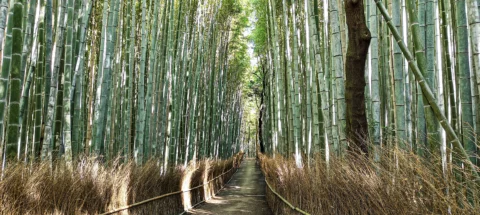Known for its rich history, traditional culture, and stunning natural landscapes, Kyoto is a must-visit destination for travelers around the world. In this blog post, we will highlight the top attractions and provide useful travel tips to make your Kyoto adventure truly unforgettable.
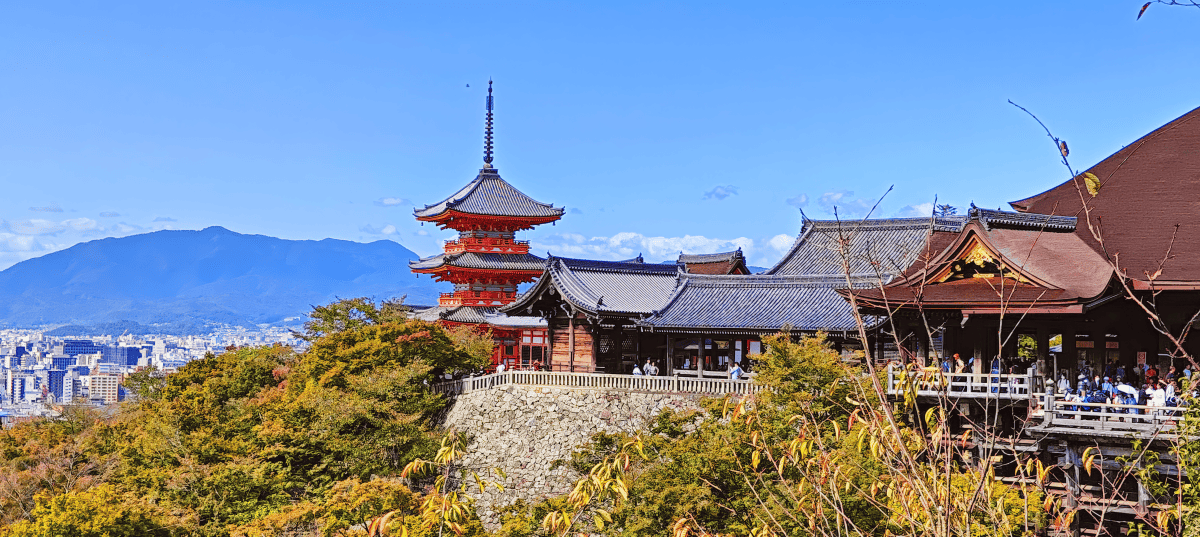
Kyoto is often referred to as the “City of a Thousand Temples,” and for good reason. The city is home to numerous UNESCO World Heritage Sites, each with its own unique architectural style and historical significance. Don’t miss the iconic Kinkaku-ji (Golden Pavilion), a Zen Buddhist temple covered in gold leaf, or the serene Kiyomizu-dera, which offers breathtaking views of the city from its wooden terrace.
To experience the traditional atmosphere of Kyoto, take a leisurely stroll through the city’s charming historic districts. Gion is particularly famous for its preserved wooden machiya houses and geisha culture. You might even catch a glimpse of a geisha or maiko (apprentice geisha) walking along the narrow streets. Other districts worth exploring include Higashiyama and Arashiyama, where you can find picturesque temples, bamboo groves, and scenic gardens.
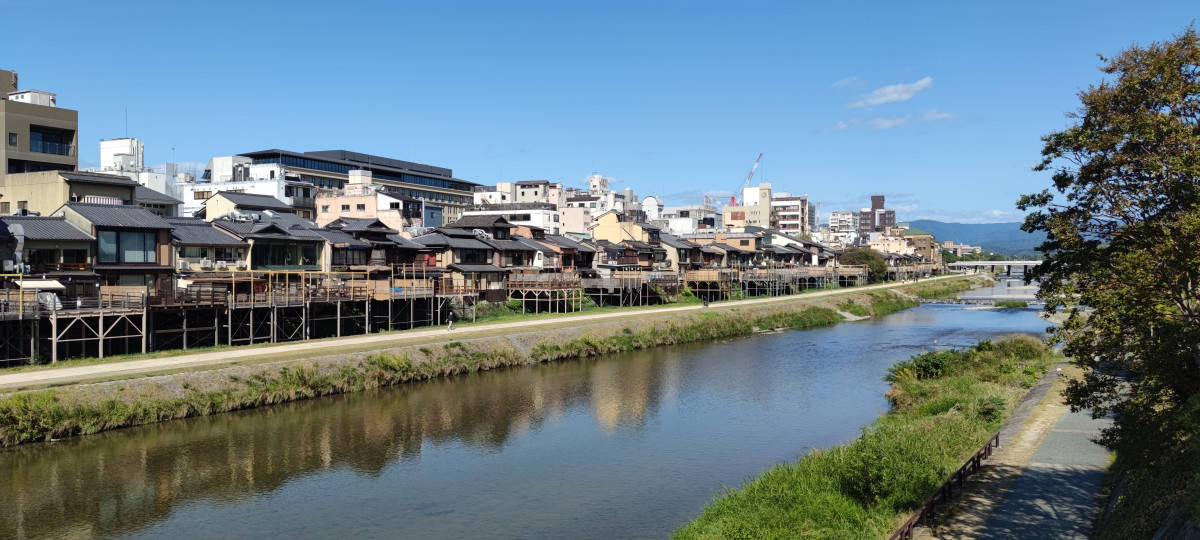
Kyoto boasts some of the most exquisite Japanese gardens in the world. These meticulously designed landscapes offer a peaceful retreat from the bustling city. Visit the enchanting Ryoan-ji Temple’s rock garden, known for its minimalist design and carefully placed rocks. The sprawling gardens of the Imperial Palace and the tranquil Katsura Imperial Villa are also worth a visit to witness the harmony between nature and architecture.
To make the most of your trip to Kyoto, consider the seasons and plan accordingly. The cherry blossom season in spring (late March to early April) paints the city in stunning shades of pink and attracts crowds from all over the world. Autumn (October to November) is equally mesmerizing when vibrant foliage transforms the city into a colorful wonderland. Keep in mind that these peak seasons can be crowded, so book accommodations and attractions in advance.
Kyoto has an efficient public transportation system that includes buses, trains, and subway lines. Consider purchasing a transportation card, such as the ICOCA card, to easily navigate the city and save on transportation costs. Bicycles are also a popular mode of transportation in Kyoto, allowing you to explore at your own pace while enjoying the scenic streets.
No trip to Kyoto is complete without savoring its renowned culinary delights. Indulge in a traditional kaiseki meal, a multi-course feast that showcases seasonal ingredients and exquisite presentation. Don’t miss trying matcha (powdered green tea) and wagashi (traditional Japanese sweets) while exploring the tea houses in Kyoto. For a unique experience, visit Nishiki Market, also known as “Kyoto’s Kitchen,” where you can sample a variety of local street food and fresh produce.
Kyoto offers an enchanting blend of history, culture, and natural beauty that captivates every traveler’s heart. With its ancient temples, historic districts, and serene gardens, this Japanese gem will transport you to a bygone era. Whether you’re seeking spiritual enlightenment or simply immersing yourself in the local traditions, Kyoto promises an unforgettable travel experience. Start planning your journey today and get ready to create lifelong memories in this magical city!
A little bit of history
-
- Kyoto is a city located in the Kansai region of Japan.
-
- It served as the capital of Japan from 794 to 1868, during the Heian Period.
-
- The city was originally called “Heian-kyo” (Capital of Peace and Tranquility) when it was established as the new capital of Japan by Emperor Kammu.
-
- Kyoto is known for its rich cultural and historical heritage, with numerous temples, shrines, and traditional wooden houses.
-
- The city was largely spared from destruction during World War II, allowing many historical structures to be preserved.
-
- Kyoto is famous for its beautiful cherry blossoms, which attract tourists from around the world during springtime.
-
- The city is home to several UNESCO World Heritage Sites, including Kiyomizu-dera Temple, Kinkaku-ji (Golden Pavilion), and the historic monuments of ancient Kyoto.
-
- Kyoto was the birthplace of traditional Japanese arts such as tea ceremony, flower arrangement (ikebana), and Noh theater.
-
- The Gion district in Kyoto is renowned for its geisha culture and traditional entertainment.
- Today, Kyoto is a modern city with a mix of old and new, attracting visitors with its historical charm and cultural significance.
Your First Time in Kyoto? Here's What You Need to Know
I’ll be honest – Kyoto can feel overwhelming at first. You’ve got over 2,000 temples scattered around the city, narrow streets that look like they haven’t changed in centuries, and cultural rules that aren’t always obvious to outsiders. But here’s the thing: once you get the hang of it, Kyoto becomes absolutely magical.
After spending time there myself and talking to locals, I’ve learned that most visitors make the same mistakes. So let me save you some embarrassment and help you experience this incredible city the right way.
What You Should Definitely Do
Take your time at temples and shrines. Look, I get it – you want that perfect Instagram shot. But these places are still active religious sites where people come to pray. Take off your hat and sunglasses when you go inside, give a little bow before entering the main halls, and actually read those “no photos” signs. Trust me, some of my most peaceful moments in Kyoto happened when I put the camera away and just soaked it all in.
Before you approach the main shrine, stop at that stone basin with the wooden ladles (they call it temizuya). Wash your hands, rinse your mouth – it’s a purification ritual that locals take seriously, and it’s actually quite centering.
Dress like you’re visiting someone’s grandmother. That’s how I think about temple visits. Cover your shoulders and knees, wear socks (you’ll be taking your shoes off), and skip the flip-flops. I learned this the hard way when I showed up to Kiyomizu-dera in shorts and a tank top on a sweltering August day.
Learn a few magic words. You don’t need to be fluent, but “sumimasen” (excuse me) and “arigatou gozaimasu” (thank you very much) will open doors. Literally. I’ve had shop owners light up and start conversations just because I made the effort. And bow – even a little head nod shows respect.
Whisper in the historic neighborhoods. Gion isn’t Disneyland, even though it can feel touristy. Real people live and work in these wooden houses. I once saw a group of tourists whooping and hollering at 7 AM outside someone’s front door. Don’t be those people.
Eat where the locals eat. Skip the English menus near major tourist sites. Duck into that tiny ramen shop where you have to buy tickets from a machine, or find a family-run place that’s been serving the same dishes for generations. Some of my best meals in Kyoto happened in places where I had no idea what I was ordering.
What Will Make You Look Like a Tourist (And Not in a Good Way)
Chasing geishas with your camera. I’ve seen grown adults literally run after these women, blocking their path and shoving phones in their faces. These are professional entertainers trying to get to work, not theme park characters. If you’re lucky enough to spot one, just enjoy the moment from a respectful distance.
Treating temples like jungle gyms. That 400-year-old wooden beam isn’t there for you to lean on for a selfie. Those stone lanterns aren’t seats. I watched a tourist climb onto a sacred statue once, and the collective gasp from the Japanese visitors was mortifying.
Eating your ice cream on the go. This was hard for me to get used to, but eating while walking is considered pretty rude in Japan. Find a bench, step into the shop, or just wait until you get to your destination. It’s actually kind of nice to slow down and savor your food.
Ignoring the “no photos” signs. Some places ban photography to preserve the spiritual atmosphere, others because flash damages ancient artwork. I know it’s frustrating when you’ve traveled thousands of miles, but respect the rules. Sometimes the most beautiful moments can’t be captured anyway.
Being the loud foreigner. Japanese culture is all about not disturbing others. That animated conversation you’re having on the train? Everyone can hear it, and they’re probably not thrilled. Keep your voice down, especially on public transport and in temples.
Real Talk About Timing
If you can avoid visiting during cherry blossom season or peak autumn colors, do it. I know those photos look incredible, but you’ll be shoulder-to-shoulder with crowds. I visited in late November once – still beautiful colors, but I could actually breathe and take photos without someone’s elbow in my shot.
When you do visit popular spots, get there early. I’m talking 7 AM early. The Bamboo Grove in Arashiyama at sunrise? Pure magic. The same place at noon? A traffic jam of selfie sticks.
The Bottom Line
Look, you’re going to make mistakes. I certainly did. I once tried to tip at a restaurant and deeply confused the staff. I wore the wrong shoes to a temple and had to borrow slippers from a kind elderly woman. But that’s part of travel.
What matters is that you approach Kyoto with curiosity and respect. This city has been preserving its traditions for over a thousand years, and you get to be a small part of that story. Don’t just visit Kyoto – experience it. The city will reward you in ways you never expected.




